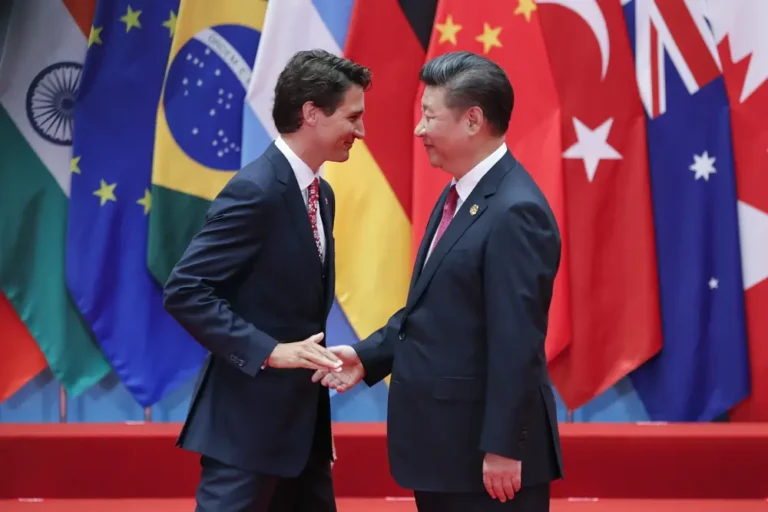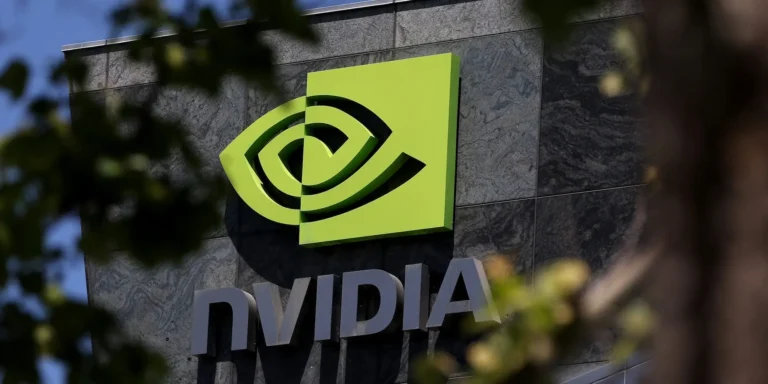Why inflation isn’t returning to pre-pandemic levels — and 3 trades to capitalize on an overheating economy

For the last decade or so, the Federal Reserve’s magic number for inflation has been 2%.
The central bank has been aiming to keep the long-run inflation rate at this level to maintain stable prices and a healthy economy.
And after the runaway prices of the pandemic era, it seems like the Fed is drawing closer to its 2% goal: the inflation rate was 2.4% for the 12-month period ending in September.
However, don’t count on a return to the 2% era, said Steven Blitz, chief economist at business intelligence firm GlobalData. Blitz believes the economy is on track for higher, not lower, long-term inflation.
“I think inflation is going to settle around 3%, 3.5%,” Blitz told B-17 in an interview. “There is now a higher base inflation rate than there was before COVID for a number of reasons.”
The Fed’s rate-cutting campaign is certainly a contributing factor to higher future inflation, in Blitz’s opinion. In the past, runaway inflation has only returned to 2% after the Fed engineered a hard landing that slowed consumer spending and wage growth, Blitz said. Financial historian Mark Higgins points out that when the Fed cut rates too quickly in the 1960s, inflation spiked and contributed to stagflation in the 1970s.
But there are other factors contributing to an increased long-term inflation rate, many of which Blitz tracked even before the pandemic.
Debt levels are creeping up, generating an inflationary effect by increasing demand and prices for goods. In terms of consumer and business debt, after the Great Financial Crisis, households and businesses focused on deleveraging their balance sheets, but this trend started reversing after the passage of the Tax Cuts and Jobs Act in 2018, Blitz said. Reduced taxes incentivized spending and also increased the national debt. A higher national debt balance can erode confidence in the dollar, further increasing inflation.
Changing demographics in the workplace are also driving increasing debt and higher long-term inflation, according to Blitz.
The workforce is getting younger as Gen Z employees enter the market and baby boomers and Gen X employees retire, resulting in growing spending power from Gen Z.
As millennials age and gain more income, they’re entering their prime homebuying years.
“They’re in that part of their life where they normally leverage their balance sheets to take in physical assets,” Blitz said. And as more millennials start families and have children, their expenditures will only continue to increase. These demographic changes will stoke consumer demand and, subsequently, inflation.
And lastly, inflation is creeping up thanks to changes in international trade, Blitz said. Import penetration, or the amount of foreign goods flowing into the US, is reaching a plateau. Importing cheap goods from overseas has a disinflationary effect by decreasing prices paid by consumers.
Blitz believes import penetration in the US is near or has already reached peak levels, meaning that the deflationary impacts of international trade will be muted in the future. With trends such as nearshoring and reshoring driving companies to move their operations closer to domestic markets, import penetration could certainly decline.
In Blitz’s perspective, all of these factors add up to an inflation rate exceeding 2% going forward.
Investing for higher inflation
Investors could start seeing persistent inflation take hold within the next year, according to Blitz. The September jobs report is already one early sign of sticky inflation, especially wage inflation, in his opinion.
There are a few ways that investors can prepare their portfolios.
In a high-interest-rate environment, bonds are less attractive, Blitz said. Bonds suffer from inflation risk because inflation eats into interest rate payments, reducing their real yield. Higher inflation also pushes up yields as investors demand higher compensation, reducing the value of the assets.
Instead, look towards the stock market, he said. While increased inflation might hurt the stock market overall, there are some pockets of equities that will benefit. Technology and value stocks typically perform well in the wake of higher inflation, according to Blitz.
In a high-inflation environment, companies look to put their capital into more durable investments as the dollar depreciates. Blitz believes the chip industry in particular is an inflation-resilient choice because they supply assets critical to many supply chains.
High inflation can be a boon to value stocks because it boosts businesses’ margins.
“In a lower inflation environment, it’s harder to grow revenue off of the nominal growth of the economy,” Blitz said. That results in outperformance from growth stocks, which investors anticipate will increase profits at a substantially higher pace relative to the rest of the market.
In a 3% to 3.5% inflation environment, there’s more opportunity for overlooked value stocks to appreciate. High-quality value stocks with stable margins will actually receive a lift from rising prices, especially if they have good cost management, Blitz said.
Those looking to increase their exposure to these areas of the stock market can do so through funds such as the iShares Semiconductor ETF (SOXX) and the Vanguard Value Index Fund ETF (VTV).






